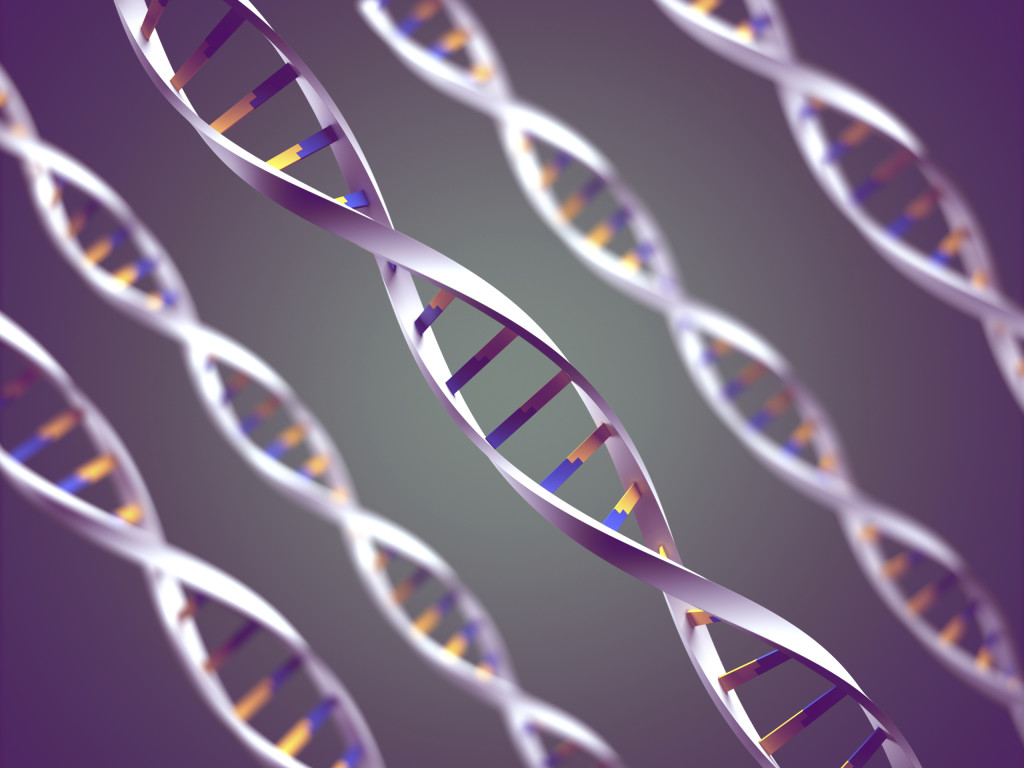 Genetics is one of the most difficult and yet interesting topics of biology. It is also a very important component of the AIPMT Biology syllabus. The topic usually has a weightage of 8% or more in the AIPMT question papers.
Genetics is one of the most difficult and yet interesting topics of biology. It is also a very important component of the AIPMT Biology syllabus. The topic usually has a weightage of 8% or more in the AIPMT question papers.
A good understanding of genetics requires knowledge about the structure and function of cell, cell division and reproduction. Meritnation’s subject matter experts have created a list of important topics and tips for mastering Genetics!
Here are a few important points and tips that will help you master this subject:
1. This unit consists of three chapters namely; Principles of Inheritance and Variation (Chapter 5), Molecular Basis of Inheritance (Chapter 6) and Evolution (Chapter 7). The science of genetics is based on chance and probability. Figure out the critical aspects of genetics and try to perfect them.
2. An analysis of previous years question papers shows that many questions are asked as it is from the NCERT textbooks. Smart people don’t just learn better, they learn differently so instead of memorizing the theory, try to connect the points.
3. Here are the Important Topics in these units:
| Principles of Inheritance and Variation | Molecular Basis of Inheritance | Evolution |
|
|
|
4. The crosses relating to Mendelian genetics need to be practiced well. Try to practice these crosses thoroughly instead of memorising them. Here is a table representing the genotypic and phenotypic ratios of the crosses involved in Mendelian genetics:
| Cross | Phenotypic Ratio | Genotypic Ratio |
| Monohybrid Cross | 3:1 | 1:2:1 |
| Dihybrid Cross | 9:3:3:1 | 4:2:2:2:2:1:1:1:1 |
| Incomplete Dominance | 1:2:1 | 1:2:1 |
4. Construction of Punnett squares is an essential part of solving problems based on Mendelian genetics. In order to understand Punnett square, we will use an example below.
Let us now understand the cross involved,
XHXh x XhY
Gametes: XH, Xh and Xh, Y
Punnett Square: The gametes of the parents are taken on the horizontal and the vertical columns, here is the Punnett square for the given cross.
 Therefore, the probability that the male child will be affected is 25% while 50% of their total progeny would be affected.
Therefore, the probability that the male child will be affected is 25% while 50% of their total progeny would be affected.
In case of a dihybrid cross:
- The Punnett square for the F2 generation in a dihybrid cross consists of 16 boxes.
- Each square gets one parent at the top and the left.
- Choose the parental genotype in such a way that the cross obtained possesses a set pattern.
- For example, let us take a cross between seed colour and seed shape.
- Yellow colour and round shape is dominant over green colour and wrinkled shape.
- Therefore, the cross would be
- Here you can note that there is a set pattern;
- The original homozygous parental genotype occupies the first and the last boxes.
- The hybrids, heterozygous for both the traits are formed along the diagonal.
- The rest of the boxes are occupied by the hybrids that are either heterozygous for seed shape or seed colour.
5. Important Points about Questions on Pedigree Analysis:
- Pedigree analysis questions are usually based on the inheritance of diseases such as sickle cell anaemia, haemophilia and colour blindness.
- The inheritance pattern of such diseases involves the understanding of these traits as to whether they are sex-linked or autosomal.
- The inheritance of sex-linked disorders differ in males and females while in case of autosomal disorders, there is no distinction in males and females.
- The inheritance of autosomal disorders depends on whether the trait is dominant or recessive. Here are some examples of sex-linked and autosomal disorders.
- For learning these processes, try to create points or flow charts
Follow these simple tips to achieve great marks in the exam.
All the Best!
Team Meritnation



 NEET 2020 – registration process begins
NEET 2020 – registration process begins AIIMS MBBS Result 2019 Out!
AIIMS MBBS Result 2019 Out! Dates for Rankers Test Series are out!
Dates for Rankers Test Series are out!
Leave a Reply